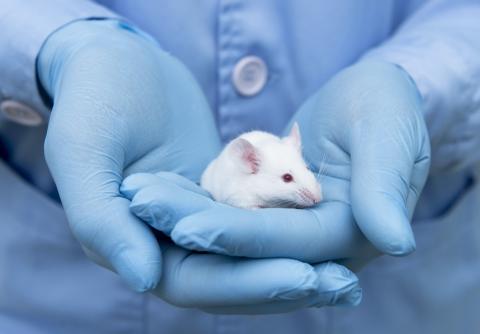- Overview
-
Species
MouseStrain common name
-Full nomenclature
-Genetic background
C57BL/6JOriginal publication of model
-Breeding scheme
-Type of model
Ischemic stroke - Availability
-
Principal investigator
Stuart AllanInstitution
University of ManchesterNamed contact
Raymond WongContact email
raymond.wong-2@manchester.ac.ukSource of model
SupplierSupplier code
Charles River OR EnvigoMTA Holder and Issuing Organisation:
- - Intervention details
-
Intervention
OcclusionAge at Surgery
Typically 12-14 weeksAnaesthetic
IsofluraneAnalgesics
BuprenorphineAntibiotics
NoneDuration of occlusion is temporary
Method for inducing the occlusion is mechanical
Mechanical occlusion type is filament (doccol 6-0 monofilament)
- Study details
-
Sex
MaleAge of model
3-4 monthsDiet
Standard chowCage enrichment and housing
Group housed in IVCsTypes of outcomes measured
NeuroscoreStructural measure (i.e. IHC, EM, structural MRI)Vascular function (i.e. BBB integrity, CBF)Details of Outcomes Measured
Neuroscore, CBF (Laser speckle), Tissue pathology - all short term outcomes
Strengths of Model
- Damage is dependent on period of occlusion but is typically seen sub-cortically and in the cortex - although with shorter occlusion times only the former is observed.
- Allows reperfusion injury to be studied.
- Mimics thrombectomy.
- Cognitive deficits are reported.Limitations of Model
- Can be variable.
- If damage excessive then keeping animals longer term can be challenging.Reference to published procedure
DOI: 10.1016/j.bbi.2018.11.012
Image

Focal cerebral ischaemia model
Ischemic stroke (depending on occlusion times damage typically seen cortically and sub-cortically)